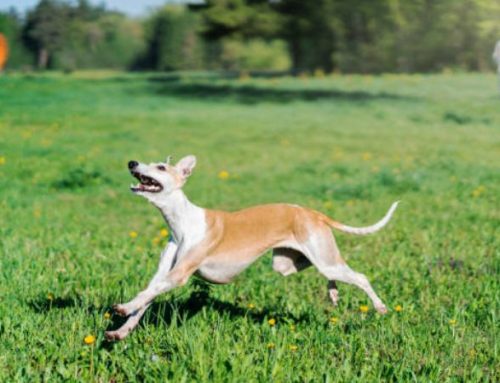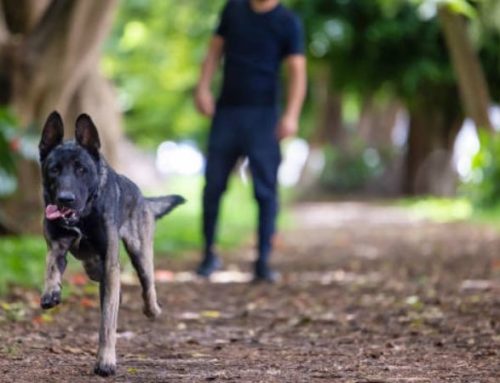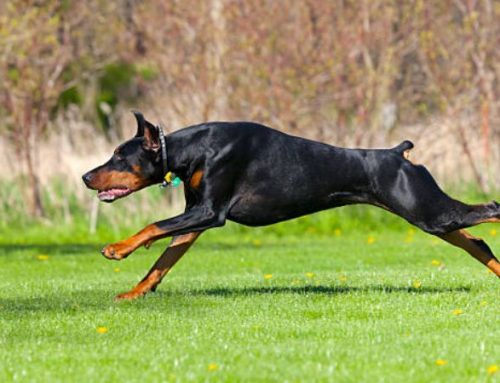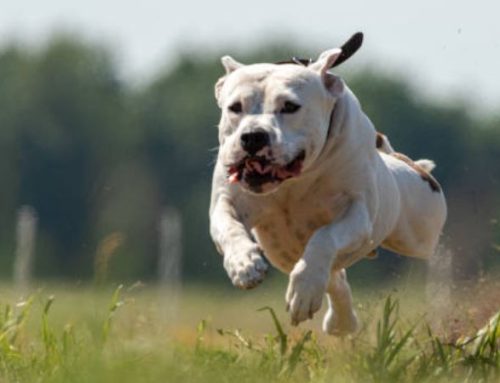Few things make a cat parent’s heart skip a beat quite like finding their feline friend retching right after a meal. Whether it’s a sudden heave or an all-too-familiar routine, watching your cat throw up can be stressful and confusing.
In this guide, Nexus-Pets will walk you through practical tips and strategies to help reduce post-meal vomiting, keeping both you and your cat calmer, healthier, and a little less frazzled.
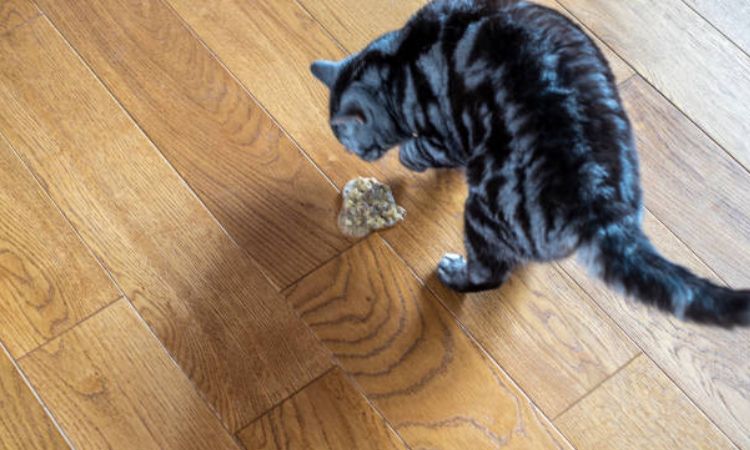
Immediate Actions to Take if Your Cat Throws Up After Eating
If your cat vomits after a meal, staying calm and observing their behavior is key. Follow these steps to help your feline recover safely:
- Monitor Frequency and Severity: Keep track of how often your cat vomits and note any unusual characteristics, such as undigested food, bile, or blood. Occasional, mild vomiting may not be serious, but repeated or severe episodes require prompt veterinary attention.
- Withhold Food Temporarily: If vomiting is infrequent and your cat appears otherwise healthy, withhold food for approximately 12 hours. This short fasting period allows the stomach to settle and can reduce the likelihood of further vomiting.
- Provide Small Amounts of Water: During the fasting period, offer your cat small sips of water or ice cubes to prevent dehydration. Avoid giving large quantities of water at once, as this may trigger additional vomiting.
- Avoid Sudden Diet Changes: Refrain from introducing new foods immediately after a vomiting episode. Sudden dietary changes can upset your cat’s stomach further. Once vomiting has ceased, gradually reintroduce their regular food in small, easily digestible portions.
- Observe and Record: Take note of your cat’s behavior, appetite, and litter box habits. Recording these details can help your veterinarian identify any underlying issues if vomiting persists.
You may be interested: Cat throwing up undigested food but acting normal
How to Prevent Vomiting Due to Eating Too Fast
Feed Smaller, More Frequent Meals
One of the simplest ways to reduce vomiting caused by rapid eating is to divide your cat’s daily food intake into several smaller portions. Instead of offering one or two large meals, provide multiple mini-meals throughout the day. This approach prevents the stomach from becoming overloaded and helps your cat digest food more comfortably.
Use Slow Feeder or Puzzle Bowls
Specialized feeding bowls designed to slow down eating can be highly effective. Slow feeder bowls, with ridges or compartments, force your cat to take smaller bites, reducing the risk of gulping. Puzzle feeders add a playful challenge to mealtime, encouraging your cat to work for each bite and naturally eating at a slower pace.
Place Objects in the Food Bowl
Strategically placing small, safe objects—like clean balls or food-safe obstacles—in your cat’s dish can help control the speed of eating. Your cat has to navigate around the objects to access their food, which promotes slower consumption and can prevent sudden stomach upset.
Separate Food into Multiple Portions
Using muffin tins, shallow dishes, or several plates to divide a single meal into smaller sections can also slow your cat’s eating. This technique encourages your cat to move between different areas of the bowl, taking breaks between bites and reducing the likelihood of vomiting from overeating too quickly.
Engage Hunting Instincts with Hidden Food
Cats are natural hunters, and incorporating this instinct into mealtime can be a fun and effective way to slow eating. Hide small amounts of food or kibble around the house, on low surfaces or inside toys, to make your cat “hunt” for their meal. This not only prolongs mealtime but also stimulates mental and physical activity, reducing boredom-related overeating.
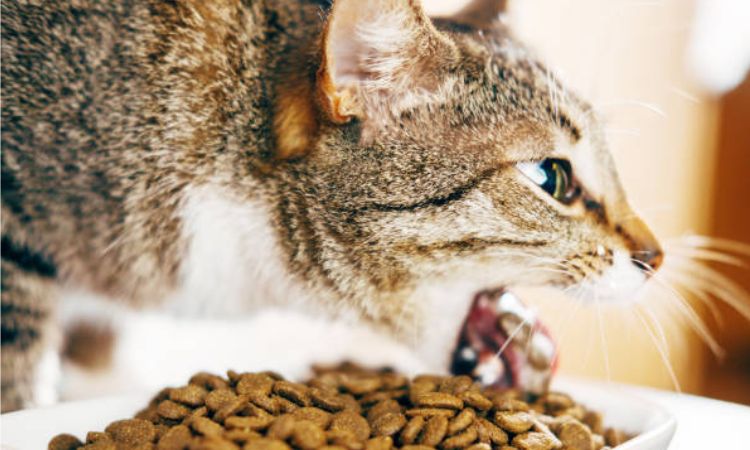
Dietary Adjustments to Help Reduce Vomiting
Vomiting in cats can often be managed or reduced through careful dietary adjustments. Implementing the following strategies can help minimize gastrointestinal upset and improve your cat’s overall comfort:
Switch to Easily Digestible or Therapeutic Diets
Choosing diets formulated for sensitive stomachs or gastrointestinal issues can significantly reduce vomiting episodes. Prescription gastrointestinal foods, such as Royal Canin Gastrointestinal or Hill’s i/d, are designed to be gentle on the stomach and promote healthy digestion. These diets can help manage both acute and chronic vomiting by supporting nutrient absorption and reducing irritation in the digestive tract.
Use Hairball Control Food if Vomiting is Hairball-Related
If your cat frequently vomits hairballs, feeding a specialized hairball control diet can help. These foods are designed to improve intestinal transit and reduce hair accumulation in the stomach. This approach can prevent hairball-related vomiting while also supporting skin and coat health.
Introduce New Foods Gradually
Sudden changes in diet can trigger vomiting and other digestive disturbances. When introducing new food, do so gradually over 7–10 days by mixing increasing amounts of the new food with the old diet. This allows the cat’s digestive system to adjust and minimizes the risk of nausea or diarrhea.
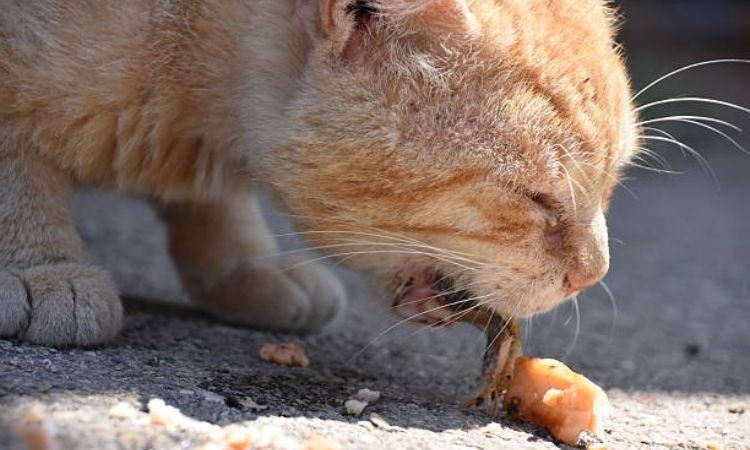
Consult Your Veterinarian for Suspected Food Allergies or Intolerances
Some cats may have food allergies or intolerances that contribute to vomiting. If you notice persistent vomiting despite dietary adjustments, it’s important to consult your veterinarian. They can recommend diagnostic testing, elimination diets, or prescription foods tailored to your cat’s specific sensitivities.
Preventing your cat from throwing up after eating often comes down to making simple changes like using a slow feeder, giving smaller meals more often, and switching their food slowly. However, if the vomiting continues, seems severe, or your cat shows other symptoms, it’s best to see a vet to rule out any underlying health problems.



